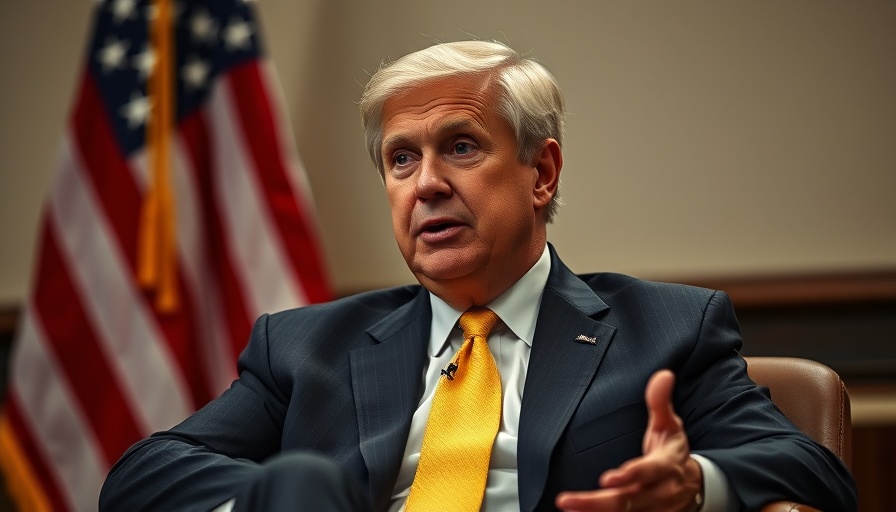
Ethics Hearing Prompts Reflection from Former Mayor Ron Nirenberg
Former San Antonio Mayor Ron Nirenberg is facing an ethics hearing over allegations regarding unreported gifts and misuse of public resources for campaign activities. The hearing follows a complaint filed by government accountability activist Kelly Walls, which calls into question Nirenberg's transparency during his tenure.
Nirenberg's legal team has publicly acknowledged that the former mayor failed to disclose a valuable autographed jersey received from Spurs star Victor Wembanyama—an oversight that Nirenberg has since rectified in his financial disclosure statements. This lapse comes with serious implications, as city officials are expected to uphold rigorous ethical standards to maintain public trust. As the city's governance comes under scrutiny, Nirenberg, who served for eight years, expresses regret, stating, “This oversight is taken seriously, and I take full responsibility.”
A Closer Look at the Allegations
The initial complaint, consisting of a 63-page document, outlines two primary allegations: the unreported gift and the inappropriate posting of campaign-related content on social media using city resources. Nirenberg's legal counsel has indicated that the former mayor acted under the guidance of the City Attorney regarding social media usage, highlighting that the intent was always to connect with constituents in a meaningful way.
In an interesting parallel, Councilman Marc Whyte was recently sanctioned for similar violations, suggesting a systemic issue within the city’s leadership. This prompts a larger conversation about the ethical responsibilities of public officials and the potential repercussions of failing to meet these standards.
The Broader Implications for Ethics in San Antonio
The ethics board's hearing on this matter comes amidst heightened awareness of ethical conduct among city officials. Nirenberg himself advocated for a stricter ethics process while in office, but his current predicament raises questions about the effectiveness of such measures. Increasing scrutiny on local leadership, permeated by the complaints against various officials, reveals a troubling trend that could undermine public confidence in San Antonio's governing bodies.
In doing so, Nirenberg’s challenges highlight the broader implications for elected officials in Texas, where accountability is ever more crucial in maintaining public trust. The concerns around ethical conduct extend beyond mere legal violations; they touch upon the moral obligations leaders have to their constituents.
Looking Ahead: Cultural Shifts in Governance
The onus is now on Nirenberg to navigate this ethics hearing, potentially marking a significant turning point in his career as he considers running for higher office. Since his term as mayor has concluded, many are left pondering what his political future holds. With a newly filed PAC under the name "Texans for Nirenberg," the public must balance hope for his leadership against the backdrop of these ethical concerns.
In crafting policies that reflect the will and integrity of the community, Nirenberg's continued engagement with San Antonio's populace will be closely monitored. The pursuit of higher office must reconcile with ethical accountability, potentially reshaping the political landscape in Texas.
Actionable Insights for Voters
The unfolding narrative provides critical lessons for voters in San Antonio and beyond. Engaging with local governance becomes imperative; voters must hold elected officials accountable through active participation and awareness of ethics processes. It’s essential that constituents advocate for transparency, encouraging local officials to embody the values they are entrusted to represent.
Ultimately, the integrity of local leadership impacts the greater Texan community, reinforcing the belief that ethical governance is not just a requirement but a commitment to social responsibility.
 Add Row
Add Row  Add
Add 




Write A Comment